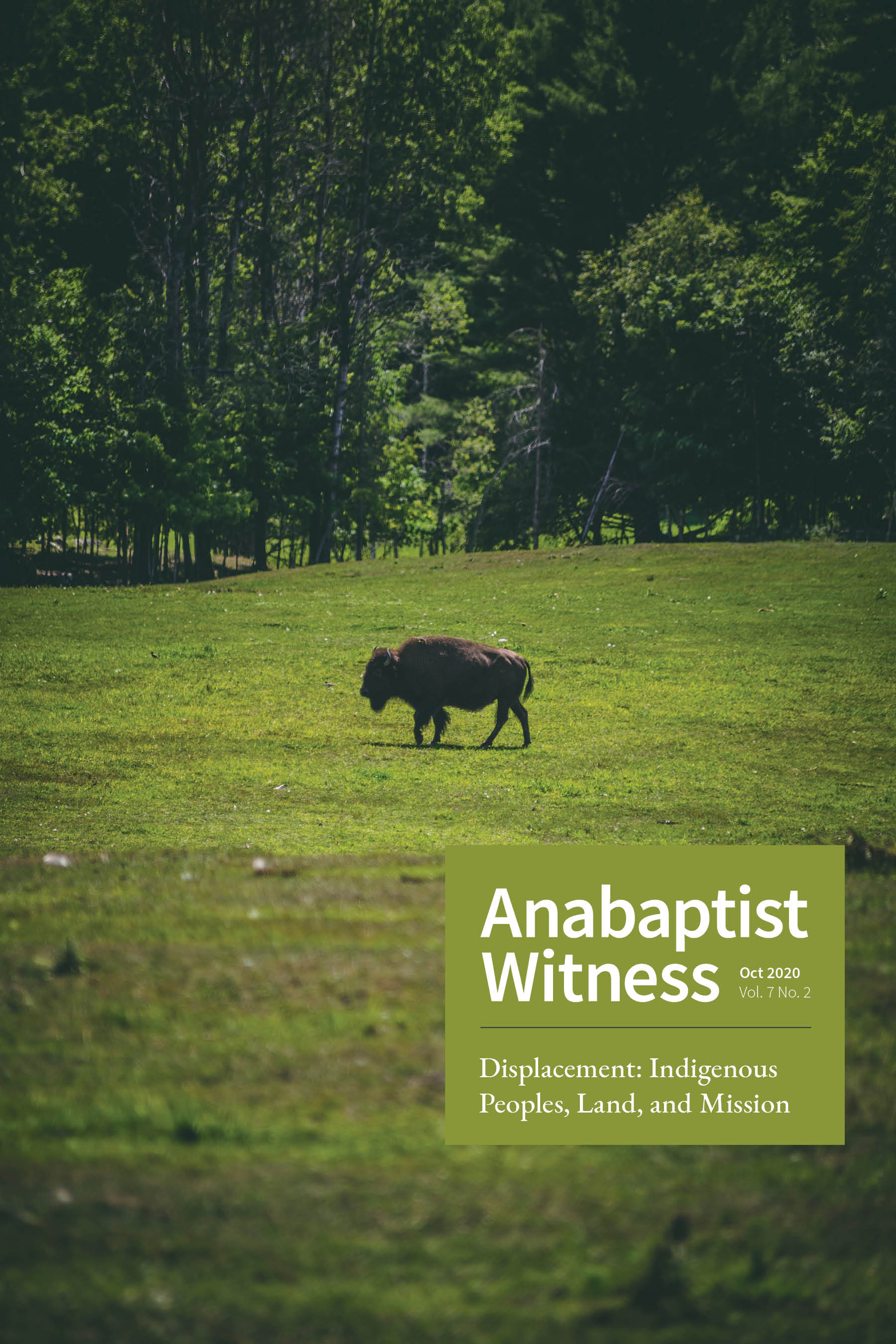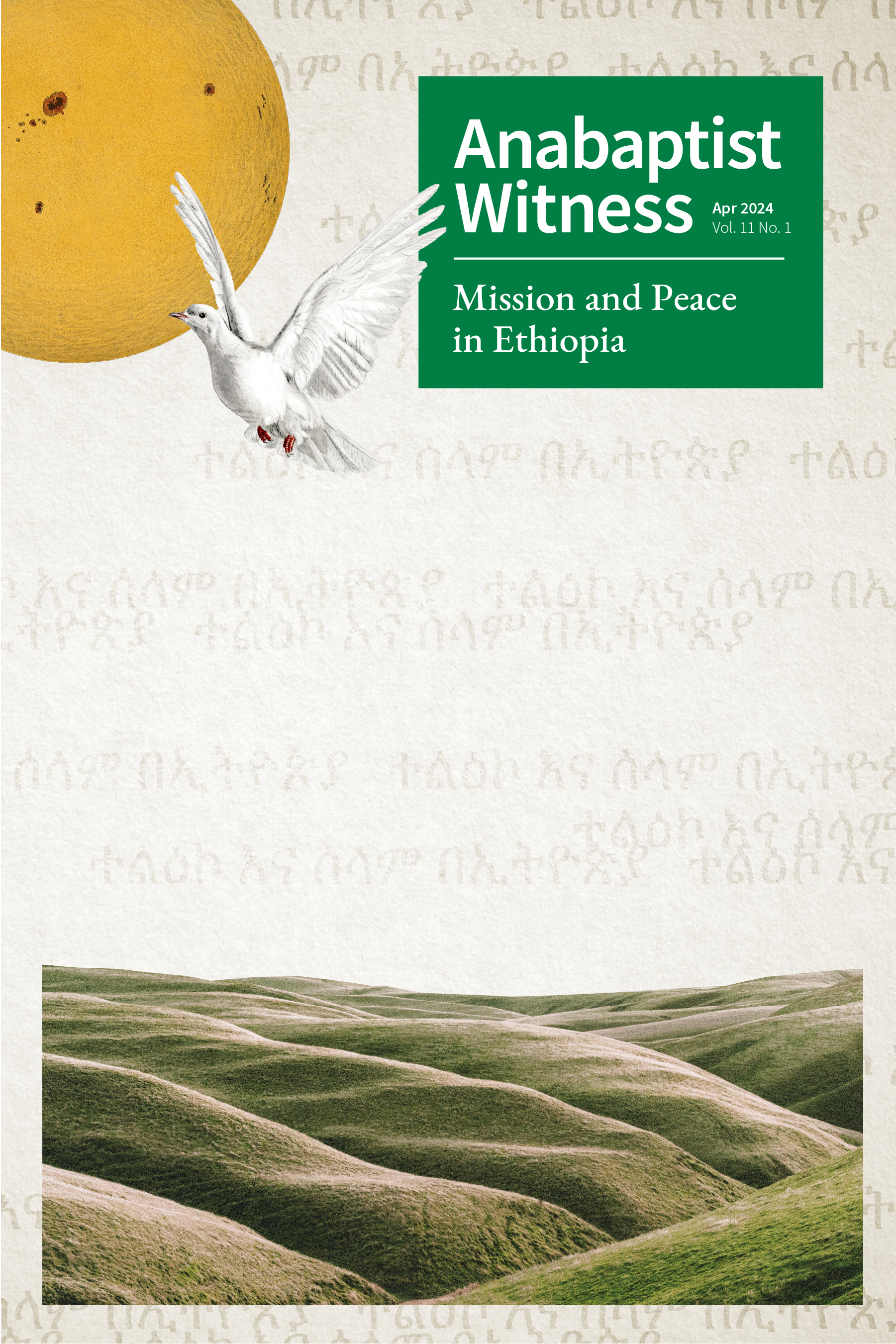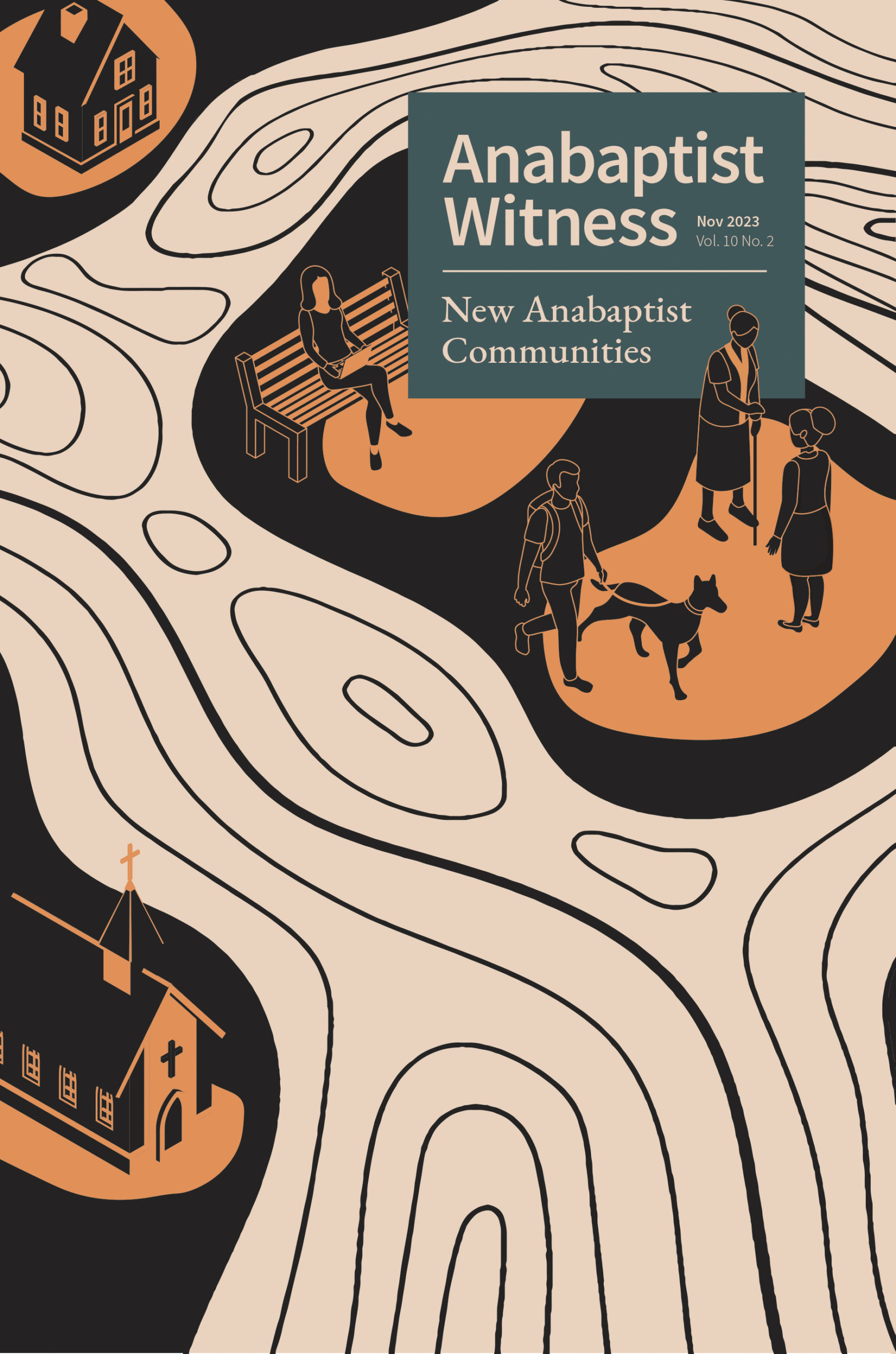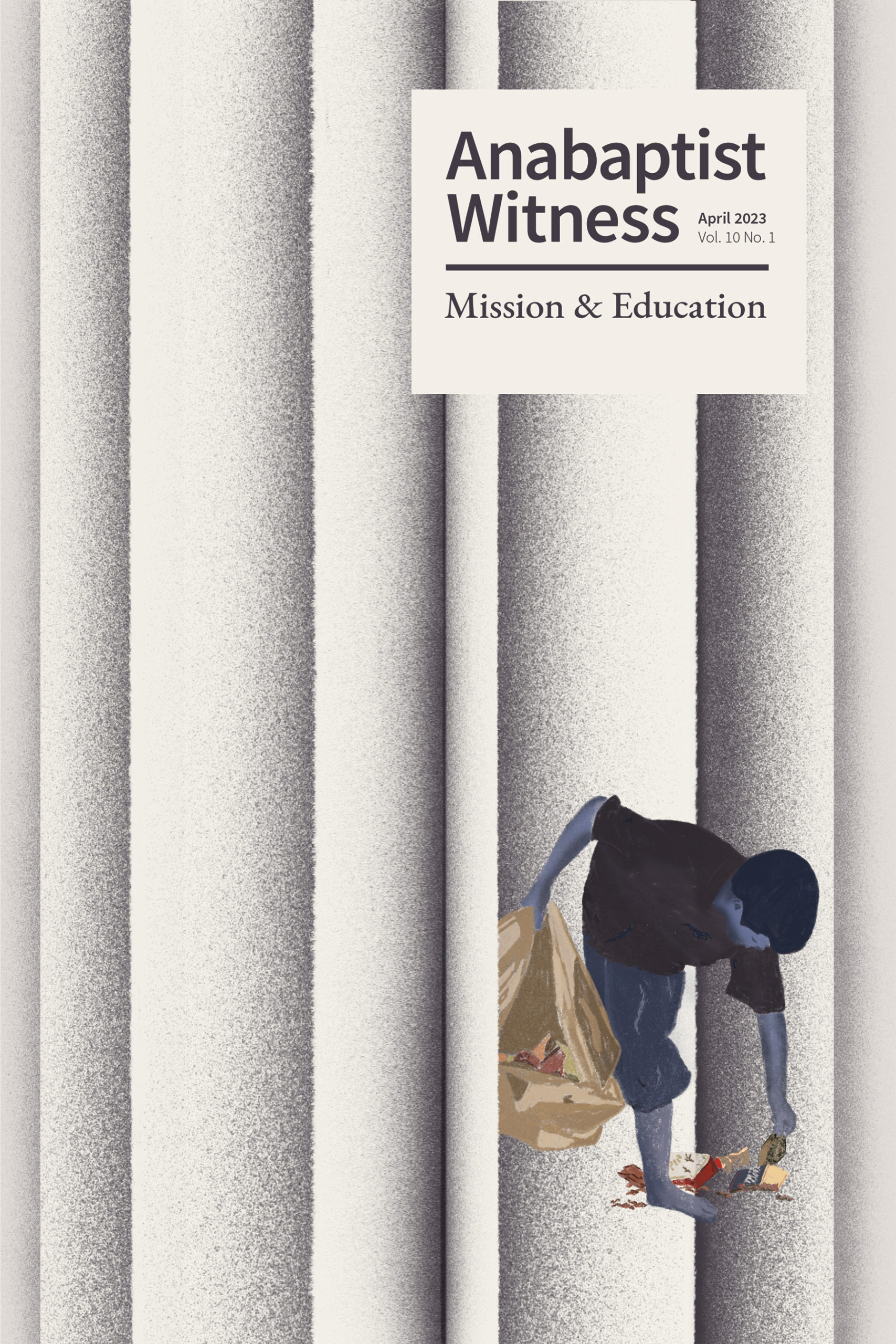Displacement: Indigenous Peoples, Land, and Mission
About This Issue Download this issue
Displacement: Indigenous Peoples, Land, and Mission
Christian mission is often described in positive terms as a commitment to cross every boundary in order to share the gospel of Jesus Christ. This description perhaps has its origins in the Acts of the Apostles, which contains Jesus’s call to witness to him “to the ends of the earth” (1:8, NRSV). The Acts narrative shows Paul, in particular, as a border-crossing witness; if Peter’s response to Cornelius begins to overcome the Jewish-Gentile boundary (10–11), Paul’s expansive ministry spreads the message of interethnic reconciliation throughout the Roman Empire. Beyond Acts, Christians have looked to the model of the wandering Israelites and even to the incarnation—in which Jesus is said to have crossed the barrier between divinity and humanity—to inspire and to justify an account of mission as inherently border-crossing.
There has been less reflection, to my knowledge, on the implications for mission of the limited geographical scope of Jesus’s ministry, or even of Paul’s ministry, confined as it was largely to the Eastern Mediterranean provinces of the Roman Empire. Paul, according to Acts, was even restricted by the Holy Spirit from ministering in the imperial provinces of Asia and Bithynia (16:6–8). What does it do to our conception of mission as border-crossing if we accept that the Spirit sometimes stops us from crossing borders? Is there anything to be learned from the tension between Jesus’s command to go to the ends of the earth, and his Spirit’s containment of missionary expansion?
Those questions are important to consider when we reflect on the history of mission, especially (but not only) on its past five hundred years, during which mission has become thoroughly entangled with colonialism. Would a theology of mission more attentive to the Spirit’s no have prevented, or at least significantly modified, European Christians’ journeys to the ends of the earth? As Christians are increasingly challenged to learn about the importance of personal boundaries—to heed, for example, women’s no to abuse—it seems clear that we need a more nuanced conversation about mission and borders.
That conversation will need to take up as a central topic the theme of the present issue of Anabaptist Witness: the historic Christian contribution to the displacement of peoples and land. The legacy of boundary-crossing colonial mission includes massive displacement—of native peoples from their homelands in Africa and the Americas, and of the produce of many lands, such as sugar, tobacco, and opium, for imperial purposes. The coerced movement and violent destruction of bodies and goods entails further displacements of psyches and families, cultures and languages. Any theology of mission that commends Jesus’s call, that advises packing up and moving across borders, must reckon with the history of missional displacement.
This issue consists of two primary sections. The first section contains peer-reviewed articles submitted to address the issue theme. These articles are framed by two interviews conducted by white, settler Mennonites with indigenous leaders. In the first of these interviews, Katerina Friesen speaks with Maya scholar Manuel May about his work to engage Old Colony Mennonites whose farms are displacing Maya people in southern Mexico. Rebecca Janzen’s article then addresses related conflicts over land stemming from the arrival of Old Colony Mennonites to northern Mexico in the early twentieth century.
While these articles give a glimpse into the history of Mennonite displacement of others, Luis Acosta’s essay shows that Mennonites have sometimes helped displaced others recover their land. Acosta narrates his work with Mennonite Mission Network’s team in the Argentine Chaco to support a Mocoví community in their efforts to buy back some of their land.
Peter Sensenig writes of Christians in Kenya who refer to Somali refugees—many of whom are Muslims—as “Samaritans,” thereby highlighting the complex bonds of solidarity forged in the face of terrorism. For Sensenig, seeing Muslims as Samaritans has the potential to expand the Christian imagination of interreligious hospitality. Recognizing displaced others, moreover, as agents of peace, not just victims of violence, can reconfigure our sense of the possibilities of addressing legacies of displacement.
One important model for fostering the peacemaking activity of those displaced by violence is truth and reconciliation commissions (TRCs). Andrew Suderman draws on his careful study of South Africa’s TRC to warn Canadians, at the end of their own TRC process, that genuine reconciliation requires sustained work many years after the commission meetings stop. While Christian churches have a theological mandate to be agents of reconciliation, they also have to face their own complicity in the mass displacement of First Nations peoples. Reconciliation requires justice.
The theological themes latent in the previous articles come to the fore in the next few pieces. Hyejung Jessie Yum seeks to “unsettle” Mennonite assumptions about our commitment to peace in light of Russian Mennonite participation in settler colonialism in Canada. The next two authors, Randolph Haluza-DeLay and Devon Miller, contend that core concepts in peace theology—they treat shalom and violence, respectively—have to be revised in light of the colonial legacy and indigenous perspectives. David Rensberger also focuses on land, arguing that a theology of the Earth as belonging to God challenges settler conceptions of land as property to be conquered and controlled. A related piece—an excerpt from a forthcoming book by Ched Myers and Elaine Enns on “decolonizing discipleship”—is available on our website (https://www.anabaptistwitness.org).
This section of articles concludes with the second interview of the issue, conducted by Anabaptist Witness book review editor Steve Heinrichs in conversation with Cayuga leader Adrian Jacobs. Jacobs urges Christians to join indigenous peoples in friendship within the community of creation.
The second section of articles contains the proceedings from the Mennonite Scholars and Friends session from the joint American Academy of Religion/Society of Biblical Literature Annual Meetings, held on November 22, 2019, in San Diego, California. The theme of the session was “Migration, Borders, and Belonging.” Jennifer Graber’s opening keynote address drew from her book The Gods of Indian Country to discuss how Mennonites’ sense of themselves as having the gift of “family” to offer others has led to the disruption of those others’ own family bonds. Joseph Wiebe’s response to Graber highlighted her book’s contributions to conversations around decoloniality and religion, and urged a form of scholarship attentive to the scholar’s own positionality and relations to indigenous communities.
The next keynote presentation, by Felipe Hinojosa, shifted the focus to the US/Mexico border. Hinojosa developed material from his book Latino Mennonites to explore how white Mennonite missionaries imagined the borderlands—and how their imagination fed into a paternalistic form of mission. In her response to Hinojosa, Hyejung Jessie Yum praised his work for enabling a shift toward a postcolonial, hybrid conception of Mennonite identity. My thanks to the presenters and to the session organizer, Kyle Gingerich Hiebert, for permission to publish these papers, which make a significant contribution to our understanding of mission and displacement.
The book reviews that conclude the issue further address this central theme. In her review of a festschrift for missiologist Darrel Guder, Sarah Ann Bixler presses us to ask questions about common terms such as “missional” in light of their colonial “scaffolding.” May this issue of Anabaptist Witness help nurture a practice and theology of mission that takes those questions seriously. May we become attentive to both Jesus’s call and his Spirit’s no.





